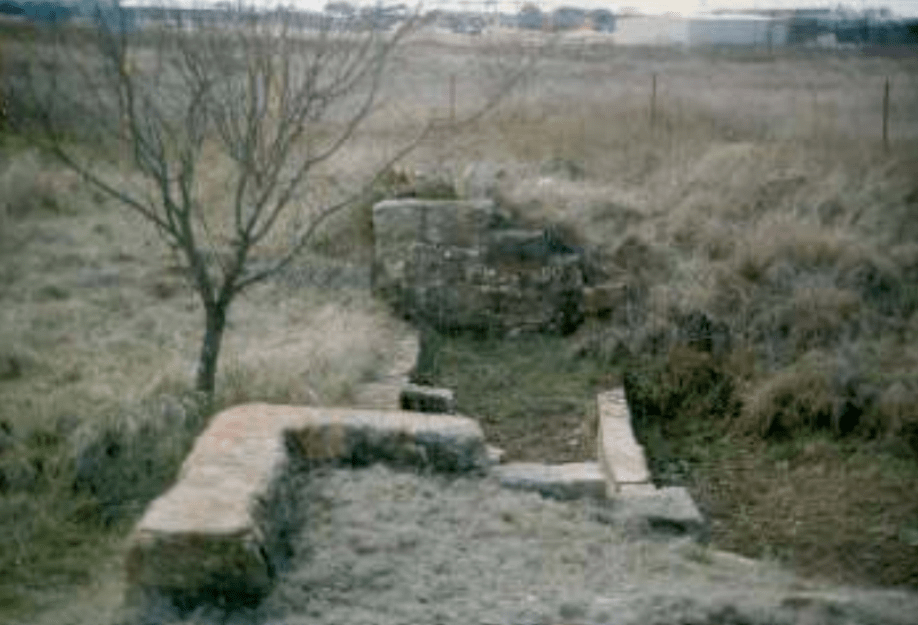
We had a pretty good rain here on Tuesday, enough to bring the water up in back of the house. The mountain is slowly dissolving downhill, and it piles up dirt as it goes, creating new channels and washing a lot of mud onto the back porch. For me, it’s an excellent chance to get out in the rain, which I love to do, with a good excuse. I am not a crazy old woman playing in the water. I am instead creating a channel for the water to flow around the porch, which is just good homesteading.
Water and its ways of overcoming what is in its path fascinates me. I love the sounds and sights of it, how it bends and moves, what it dissolves and where it chooses to go are all objects of interest. It’s especially fascinating when it’s really high. Then you see it turn from a harmless trickle down the hillside into an absolute force of nature that no one could withstand. While mostly we suffer out here from a lack of water, wondering if the lake is going to go dry this year and if we’ll find ourselves taking sponge baths, we have had the opposite problem a time or two in West Central Texas.
In the fall of 1936, the Colorado River, which seems like such a peaceful, meandering stream, rose to deadly levels, wiping out the hamlet of Indian Creek and taking the lives of two men. The rainfall in the month of September reached nearly 30 inches in some parts of our area, and the southern parts of Brown County came in for some of the worst of it. It seems the final straw was the remnants of a hurricane that came in on top of an already wet month.
The San Angelo Standard Times put it like this: “The treacherous floodwaters of the Colorado River late today claimed their second victim when a farmer was drowned while attempting to save his livestock. The angry river was 2 miles wide at the Indian Creek community, in Brown County, washing away a number of homes and barns. The flood stage climbed to 72 feet where the Brownwood-Brady highway bridge crosses the Colorado. This mark is 14 feet higher than any ever recorded before. Gradual recession of the high water south of Coleman was reported as the crest of the torrent raged through a vast farming region”.
Two miles wide at the very small town of Indian Creek! It’s hard to imagine that much water, what it must have sounded like, what it must have done to the surrounding land. It’s probably correct to assume that new valleys and hills came about because of such a massive flood. The landscape changed. Some things were utterly buried, while new features were uncovered and created.
The check dams, built in a flood plain between Indian Creek and Pecan Bayou, probably sometime in the early 1930s on Camp Bowie property, would have been utterly useless, like matchstick buildings overrun by a tsunami. While flood control innovations have come a long way since then, and it would take a heck of a deluge to overcome them, it could still happen. Water, when roused, becomes an unstoppable force that rewrites everything it encounters. To me, it seems almost to have a will of its own, and that its will is older and stronger than our best efforts to control it, in the long run, can ever be.
Nineteenth century forester and scientist Viktor Schauberger wrote a fascinating book on water behavior called The Water Wizard. He did not see water as an inert ‘resource’ to be used without discretion, but as a living force of the earth that has its own innate life energy. Schauberger wrote, ““We must look into unknown dimensions, into Nature, into that incalculable and imponderable life, whose carrier and mediator, the blood of the Earth that accompanies us steadfastly from the cradle to the grave, is water.”
So out with my hoe in the pouring rain, listening to its sounds, imagining the roar of that vast flood in 1936 that covered 2 miles of land near the river, thinking of what water like that would do here to the hillside. I watch how the water moves downhill, how it spins around when it gets stuck on a little stick, digging deeper, around and under the obstruction, how it breaks free from the obstruction almost in exultation, tossing up mud and pebbles as it goes rushing on its way. It would do the same with a mountain, if it rained that much.
Water is an inexorable, primal force. I have my raincoat and hat on, so that the neighbors will not easily recognize that I’m an eccentric, using any excuse to wander around in the rain. I am also doing work here. Ostensibly, I’m just diverting this channel of water, keeping it from overwhelming the back porch and making things muddy. It’s supposed to rain more in the next few weeks. I might try making a check dam up the hill a bit, just to see what it does. It’s a legitimate reason for being out in a rainstorm, maybe.
***
Diane Adams is a local journalist whose columns appear Thursdays on BrownwoodNews.com
